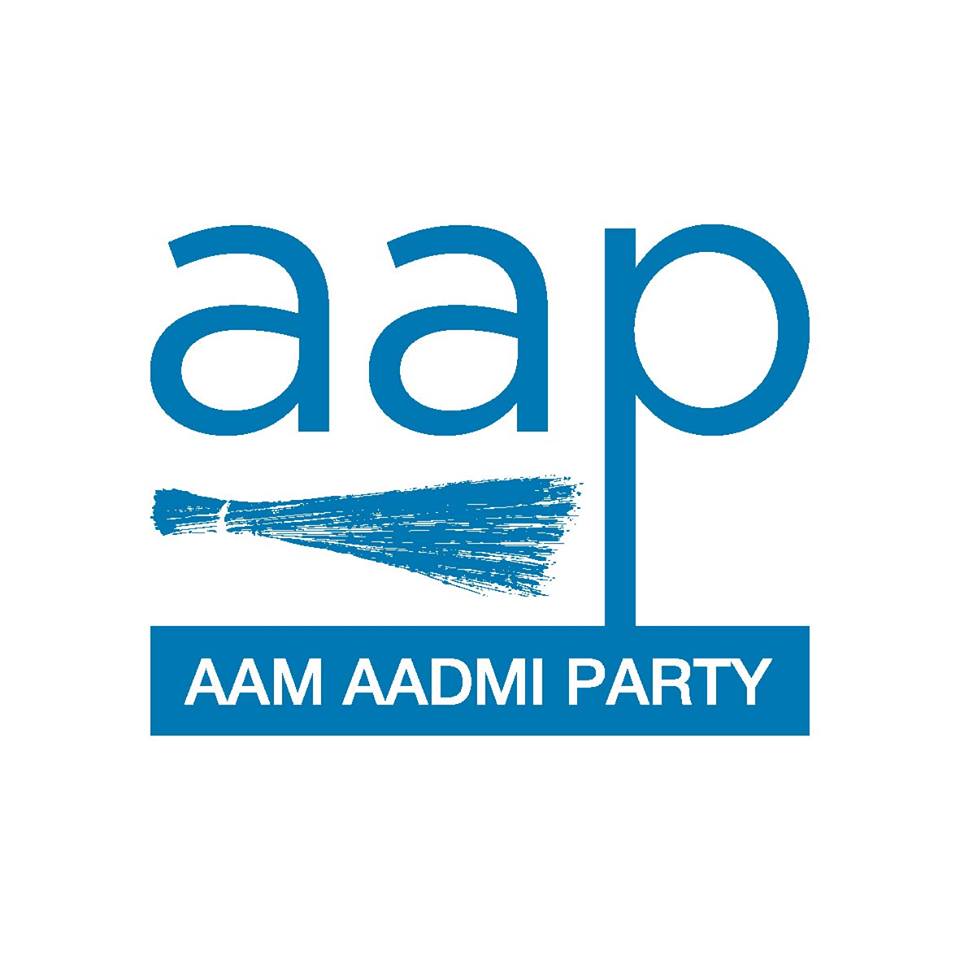

BUDGET ALLOCATION AND EXPENDITURE
Priority sectors
Education & Public Healthcare, with high budgetary allocation, have been priority sectors for the AAP Delhi government since it came into power in 2015.

Education
Education is one of the two most important sectors for the AAP Delhi Government.
The AAP Delhi Government’s expenditure on Education sector grew at an annual rate of 19% between 2015-2020 (as against a growth rate of 12% between 2008-2015 under the previous government).
The expenditure was not just limited to modernization of the infrastructure, but also capacity building of teaching staff & principals, and innovative interventions in teaching practices to build a very strong foundation for nation building.

(Source: Dialogue & Development Commission Compendium – 2015-2019, Page 7)
Delhi spent the highest on education during the 2015-2021 period:

(Source: Figure. 41 – PRS India – State of State Finances: 2020-2021)
Delhi has allocated 25.2% of its total expenditure for Education in 2021-22. This is significantly higher than the average allocation (15.8%) for education by all states (2020-21 BE).

(Source:PRS India’s Delhi Budget Analysis 2021-22)

Health
Public Healthcare is the second one of the high-priority sectors for the AAP government, to provide quality world-class healthcare for all, which is also free – medicine, treatment, radiology, diagnostic and surgery.
Delhi’s expenditure on Public Healthcare grew at the annual rate of 20% between 2015-20 under the AAP government (as against 14% CAGR between 2008-15 under the previous government).

(Source: Dialogue & Development Commission Compendium – 2015-2019, Page 43)
Delhi spent the highest on Health and Family Welfare in the 2015-2021 period.

(Source: Figure 45, State of State Finances: 2020-2021)
Delhi has allocated 15.9% of its total expenditure on health, which is almost three times higher than the average allocation for health by states (5.5%), for the year 2021-22 (BE). This would include expansion of existing hospital capacity and constructing new hospitals to increase the number of hospital beds.

(Source:PRS India’s Delhi Budget Analysis 2021-22)

Other sectors
Electricity
Delhi has allocated 5.2% of its total expenditure on energy in 2021-2022, which is higher than the average expenditure on energy by all states (4.2%). Apart from subsidies for free lifeline 200 units electricity, this included significant investment in enhancing the transmission infrastructure to cater to peak load and reduction in transmission (AT&C) losses, and increasing the transformer capacity.

(Source:PRS India’s Delhi Budget Analysis 2021-22)

Water Supply and Sanitation
Delhi has allocated 2.6% of its total expenditure towards water supply and sanitation in 2021-2022. This is slightly higher than the average allocation for water and sanitation by all states (2.4%).
Apart from 20,000 litres of free water per family, some key steps involved
- Investment in infrastructure to monitor & control water leakage & theft
- Water amnesty scheme to bring water users into the mainstream
- Waived development & infrastructure charges for new water & sewer connections

(Source:PRS India’s Delhi Budget Analysis 2021-22)

Urban Development
Delhi has allocated 4.9% of its expenditure on urban development. This is higher than the average allocation for urban development by states (3.8%).

(Source:PRS India’s Delhi Budget Analysis 2021-22)

Human Development
Expenditure on ‘human development’ comprises allocations made towards education, health, and water supply and sanitation. Expenditure on these sectors aims to improve the overall well-being of citizens and aids in the creation of human capital.
Delhi spent the highest portion of its total expenditure on human development (42%) in the period 2015-2021. The average across states between 2015-16 and 2020-21 is 24%.

(Source: Figure 29 – PRS India’s State of State Finances : 2020-2021)

TRANSPARENT BUDGETING – OUTCOME BUDGET
Moving from outputs to outcomes
The Outcome Budget was introduced in 2017-18 by the AAP Delhi government as a tool linking the Budget with outcomes to capture the progress of various schemes, programmes and projects and final deliverables from the citizens’ perspective.
Delhi is the only State Government in India that makes a suo-moto disclosure of its performance across 2500+ indicators to promote transparency & accountability in public spending.
Delhi’s comprehensive Outcome budget, aimed at bringing a high level of accountability and transparency in public spending, has been the major structural reform in the budgetary process. This has laid the foundation for an open, accountable, pro-active and purposeful budgeting system in various departments.
The Outcome Budget provides clarity on the progress and what outcomes/benefits the citizens of Delhi reap from the government spending.
Outlay is the amount provided in the Budget for a given scheme/programme/project.
Output refers to the direct and measurable tangible products/services produced as a result of the use of various inputs in program activities.
Outcomes depict the extent to which citizens have benefitted from that infrastructure or service in the short-term.
Under the outcome budget, major programmes and schemes of various departments are identified and related Output and Outcome indicators are defined in a quantifiable manner. E.g. Number of Mohalla Clinics to be built would be an Output indicator, while number of OPD visits would be an Outcome indicator.
The Outcome Budget 2019-20 of GNCTD covered 80% of the budget outlay across all major departments (38) and agencies, combined into 8 major sectors and contains:
- 576 schemes,
- 2220 Output indicators, and
- 1549 Outcome indicators.
Every quarter, the reports on the achievements of the Outcome Budget submitted by the departments are analysed for the critical highlights of the progress and pace of expenditure incurred under various schemes/programmes to expedite the public service delivery, before placing them in public domain.


